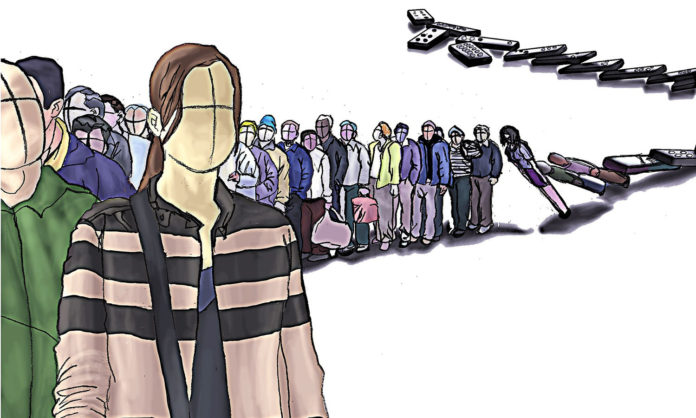
In a guest post on Jane Friedman’s blog, writer and book coach Harrison Demchick how to use cause and effect structure in character-driven fiction.
“Causation is the driving force of narrative,” Demchick explains. “Each plot beat is in some respect the effect of what precedes it and the cause of what follows.” While it’s easier to demonstrate cause and effect using genre fiction, causation is also important in literary fiction, in which the character arc is the primary driver of the action. In such cases, the character’s choices – rather than outside circumstances – create the chain of cause and effect. When something outside the character’s control occurs, the character is present and able to respond because of their previous choices and actions. “Happenstance doesn’t supplant causation. Happenstance is used to support and develop causation,” Demchick explains.
“If you’re a writer of literary fiction, don’t get caught in the trap of imagining story structure is not for you just because so many of the defining examples are in different genres,” Demchick concludes. “The principle of causation may be less obvious, but it’s no less important—and it may just be the key to crafting a great character-driven story.”











